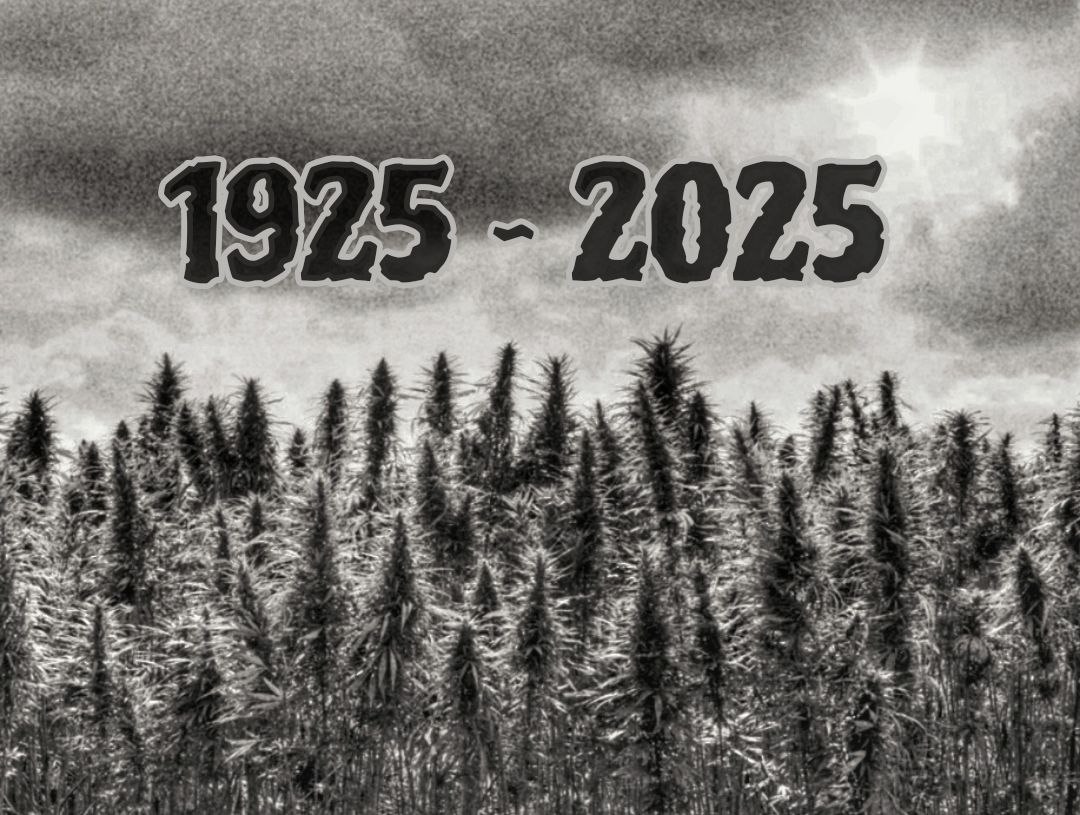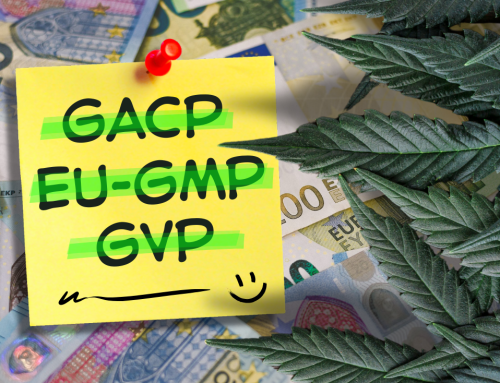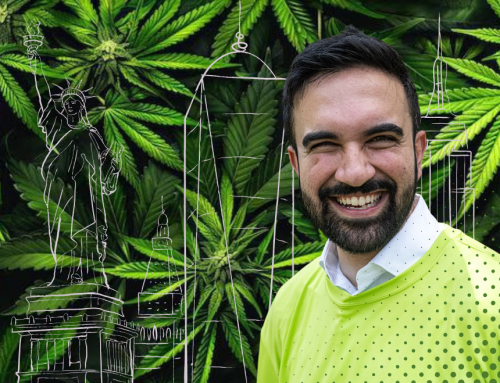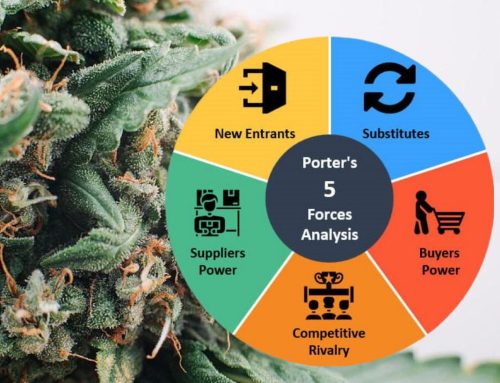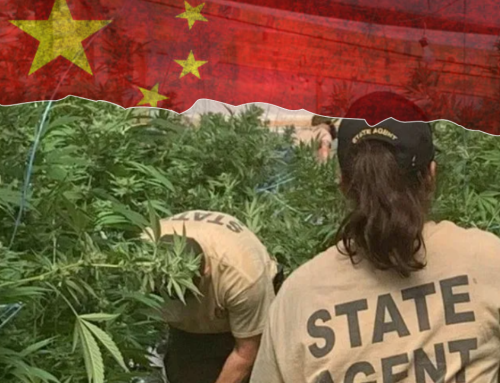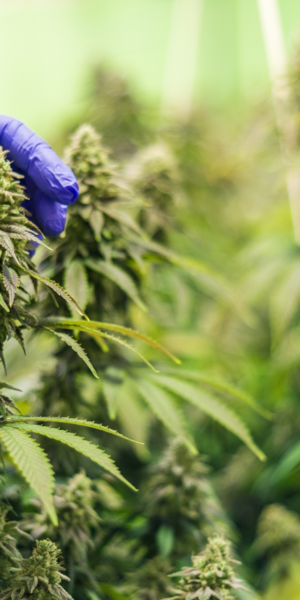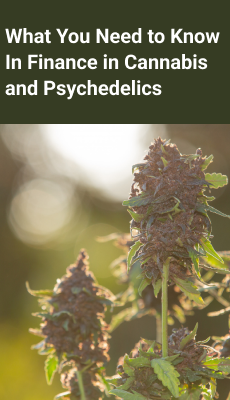The Geneva Opium Conference and The Century-Long Campaign Against Cannabis
LOS ANGELES – In the early 20th century, a pivotal moment in the global history of Cannabis regulation unfolded at the Geneva Opium Conference, held from November 1924 to February 1925. Organized by the League of Nations, this gathering aimed to address the growing concerns over narcotics like opium and cocaine.
However, it also marked the first significant step toward global Cannabis prohibition, setting in motion a decades-long campaign influenced by political agendas, moral panic, and often questionable motives, including powerful financial interests. The inclusion of Cannabis in the conference’s regulatory framework, despite limited scientific evidence, laid the foundation for what some argue has been a “century-long lie” perpetuated by politicians to demonize and prohibit the plant.
The Backdrop
The 1925 Geneva Opium Conference was the second in a series of international efforts to control narcotic substances, following the 1912 Hague Opium Conference. The primary focus was on regulating opium, morphine, and cocaine, which were seen as pressing public health issues due to their addictive properties and widespread trade. Cannabis, referred to as “Indian hemp” (encompassing raw resin (charas) and preparations (hashish)), was a relatively minor topic until Egypt, backed by Italy and South Africa, brought it to the forefront.
Egypt’s delegation argued that Cannabis posed a severe threat to public health and social order. They claimed it caused insanity, criminal behavior, and moral decay, particularly among lower socioeconomic groups. These assertions were largely based on anecdotal reports and colonial biases rather than rigorous scientific studies. For instance, British colonial authorities in Egypt and India had already begun associating Cannabis use with “native” populations, framing it as a dangerous habit that needed control. South Africa, which had banned Cannabis domestically in 1922, echoed Egypt’s concerns.

The conference culminated in the International Opium Convention 1925, which included Cannabis among controlled substances for the first time on an international scale. In 1931, signatory nations agreed to regulate the production, trade, and use of Cannabis, requiring licenses for its cultivation and export, and restricting its use to medical and scientific purposes. While enforcement was inconsistent [many countries lacked the infrastructure or cultural impetus to prioritize Cannabis control], this marked a turning point in the global perception of the plant.
The Roots of a Lie
The inclusion of Cannabis in the 1925 convention was not driven by robust evidence but by a mix of political, cultural, economic, and financial factors. Unlike opium or cocaine, which had well-documented addiction issues, Cannabis was poorly understood, and its effects were exaggerated by those with vested interests. This set the stage for what critics argue has been a “century-long lie”, a sustained effort by politicians and authorities to vilify Cannabis, often for reasons unrelated to public health.
Colonial & Racial Biases
In the early 20th century, Cannabis was heavily associated with marginalized groups. In Egypt and India, colonial powers viewed its use among local populations as a sign of laziness, backwardness, or deviance. In the United States, which would later enact the Marihuana Tax Act of 1937, Cannabis was tied to Mexican immigrants and African Americans, fueling xenophobic and racist narratives. Politicians leveraged these associations to justify prohibition, framing Cannabis as a threat to social order.
Economic Interests
The push to ban Cannabis aligned with powerful economic agendas. In the U.S., the 1930s saw competition between hemp (a non-psychoactive variety of Cannabis used for industrial purposes) and industries like timber, paper, and synthetic fibers. Some consider it a myth and a conspiracy theory, however, influential figures like newspaper magnate William Randolph Hearst and industrialists with ties to DuPont, supported prohibition to eliminate hemp as a competitor. Hearst, who owned vast timber holdings for his newspaper empire, stood to benefit from suppressing hemp-based paper, which was cheaper and more sustainable. Similarly, DuPont’s emerging nylon industry faced competition from hemp’s versatile fibers.
Financial Incentives & Market Control
Beyond industrial competition, the prohibition of Cannabis opened lucrative opportunities for certain sectors while entrenching financial interests in others. The pharmaceutical industry, for instance, supported stricter controls on Cannabis, as its medicinal use (common in tinctures and extracts before prohibition) competed with emerging synthetic drugs. By labeling Cannabis a dangerous narcotic, pharmaceutical companies could promote patented medicines without competition from a plant that could be grown cheaply. Additionally, prohibition created a financial windfall for law enforcement and the burgeoning prison-industrial complex, particularly in the U.S. after 1937.

The War on Drugs, which intensified in the late 20th century, funneled billions into policing, incarceration, and anti-drug campaigns, benefiting government budgets, private prison companies, and even international aid programs tied to drug enforcement. Meanwhile, the black market for Cannabis enriched organized crime, creating a paradoxical cycle where prohibition fueled the very criminality it claimed to combat. The Geneva Conference’s decision to regulate Cannabis globally gave governments and industries a framework to justify these financial gains under the guise of public safety.

Moral Panic & Propaganda
The lack of scientific evidence about Cannabis’s effects allowed politicians to fill the void with sensationalized claims. By the 1930s, figures like Harry Anslinger, head of the U.S. Federal Bureau of Narcotics, amplified the narrative that Cannabis caused insanity, violence, and moral decay. Films like “Reefer Madness” (1936) cemented these myths in the public imagination. The Geneva Convention’s inclusion of Cannabis lent an air of legitimacy to these exaggerated claims, enabling politicians worldwide to push for stricter bans.
The Legacy of the Geneva Conference
The 1925 Geneva Opium Conference set a precedent that shaped Cannabis policy for decades. It established an international framework that pressured nations to enact domestic laws, even if enforcement varied. In the U.S., the Marihuana Tax Act of 1937 criminalized Cannabis, building on the conference’s momentum. Other countries followed suit, with prohibitionist policies spreading globally through subsequent treaties like the 1961 Single Convention on Narcotic Drugs.
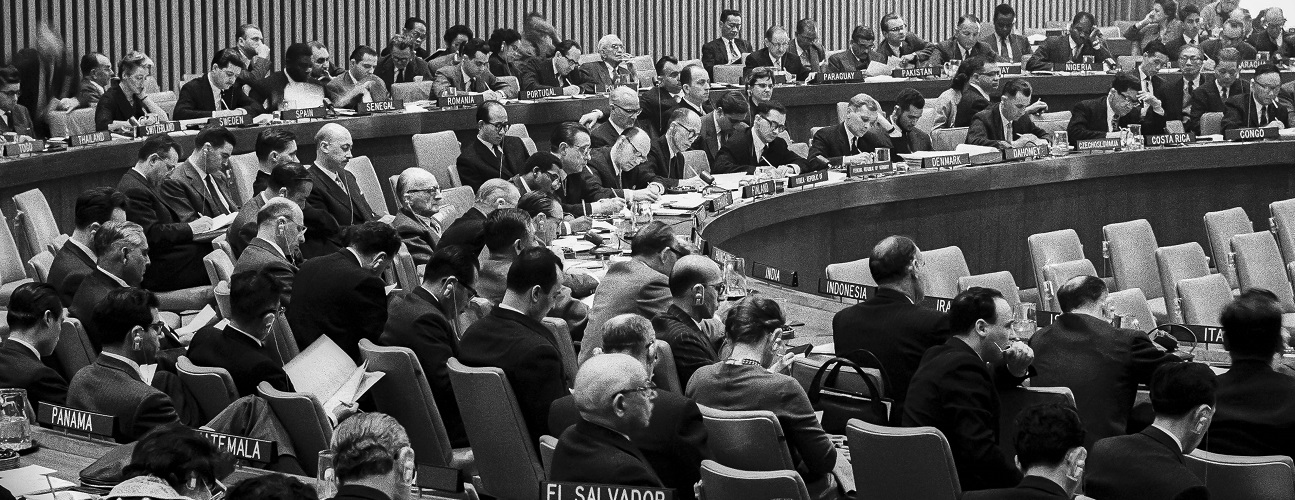
However, the campaign against Cannabis was not without resistance. Critics argue that the “century-long lie” began to unravel as early as the mid-20th century, when scientists and activists started questioning the basis for prohibition. Studies, such as the 1944 La Guardia Report in New York, found little evidence to support claims of Cannabis’s extreme dangers, yet political and financial inertia kept bans in place. By the late 20th and early 21st centuries, growing evidence of Cannabis’s medical benefits and relatively low harm compared to other substances led to legalization movements in countries like Canada, Uruguay, and several U.S. states.
From a financial standpoint, the shift toward legalization has exposed the economic costs of prohibition. The global Cannabis market, legal and illegal, is estimated to be worth hundreds of billions of dollars annually as of 2025. Legalization has created new revenue streams through taxation – U.S. states like Colorado and Washington have generated billions in tax revenue since legalizing recreational Cannabis in 2012 and 2014, respectively. These funds support public services like education and infrastructure, highlighting the missed opportunities. Conversely, the costs of enforcing Cannabis bans, including policing, incarceration, and lost economic potential from hemp industries, have been staggering. Critics argue that the financial incentives of prohibition primarily benefited entrenched industries and bureaucracies, while legalization has begun to redirect those benefits to broader societal gains, to people.
The Modern Perspective
Today, the legacy of the Geneva Opium Conference is a subject of intense debate. Proponents of legalization argue that the conference’s inclusion of Cannabis was a politically and financially motivated overreach, driven by prejudice, economic competition, and the desire to control lucrative markets. They point to the millions incarcerated, communities disrupted, and resources wasted on the global War on Drugs as consequences of this early misstep. Meanwhile, defenders of prohibition maintain that the conference was a necessary response to a potentially harmful substance, even if the evidence at the time was incomplete.
As of 2025, the pendulum has swung toward reform in many parts of the world. Over 50 countries have legalized Cannabis for medical use, and recreational legalization is gaining traction. Yet, the stigma rooted in the 1925 conference persists in some regions, where politicians continue to cite outdated narratives to resist reform, often influenced by entrenched financial interests tied to prohibition-era policies.
Bottom Line
The Geneva Opium Conference of 1925 was a turning point in the history of Cannabis, marking the start of a global push to ban the plant that had been used for millennia for medicinal, spiritual, and industrial purposes. Driven by a mix of colonial biases, economic competition, financial incentives, and moral panic, the conference’s inclusion of Cannabis set the stage for a century of prohibition that was built on a foundation of misinformation.
The financial viewpoint reveals how prohibition served the interests of powerful industries and bureaucracies while stifling economic potential. As legalization reshapes the global narrative, the legacy of 1925 serves as a reminder of the power of political and financial forces to shape policy… and of the importance of challenging those forces with evidence and reason.











